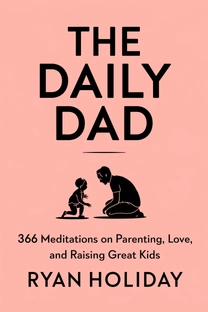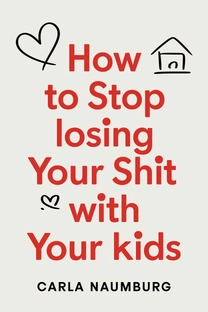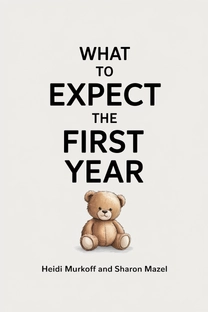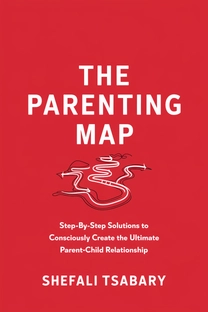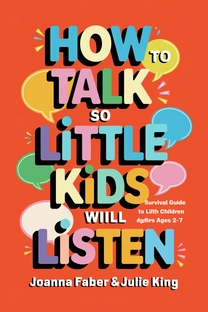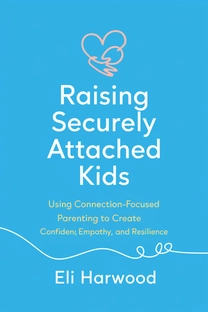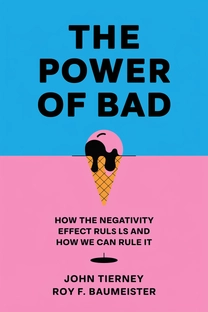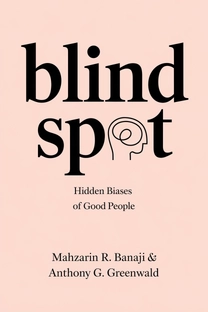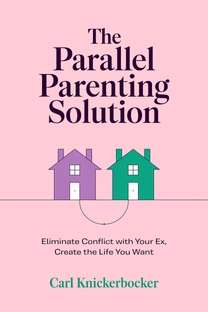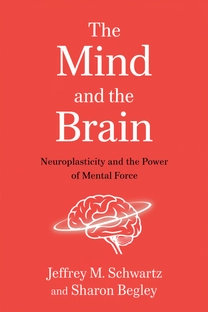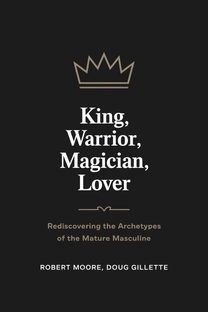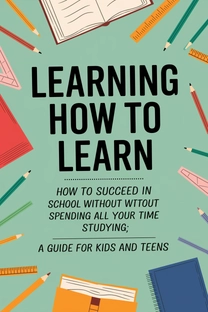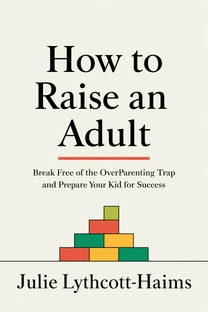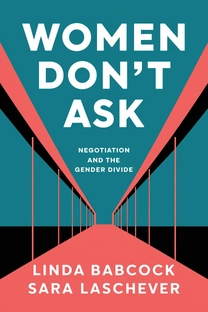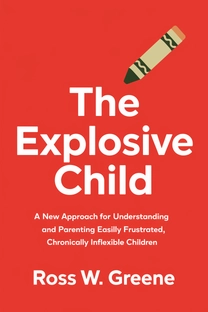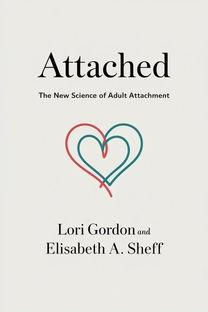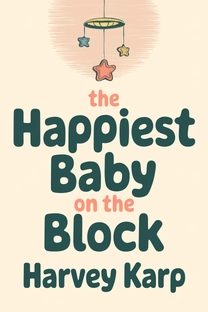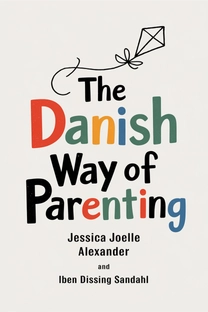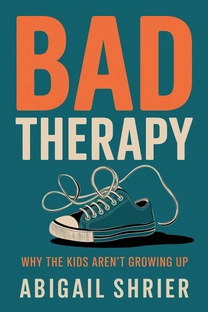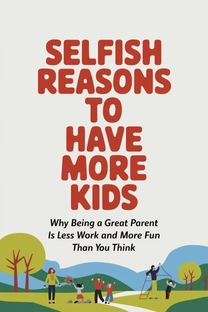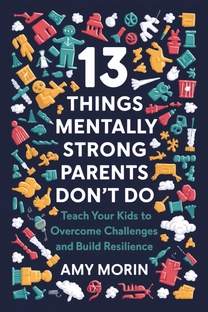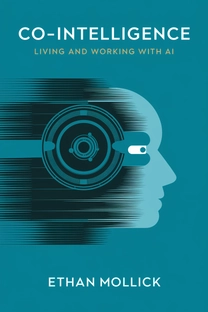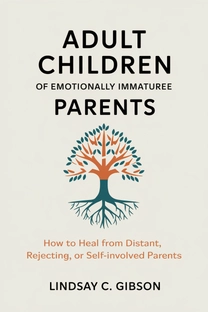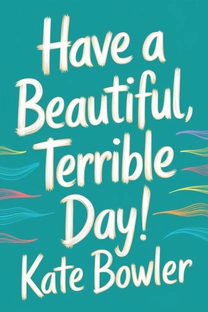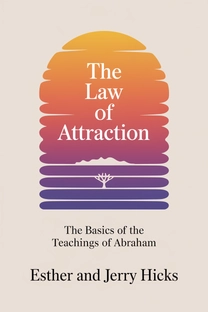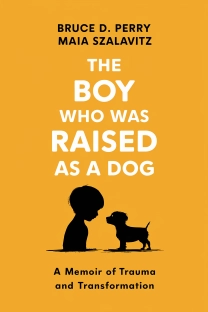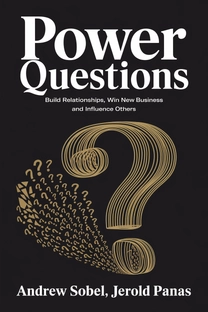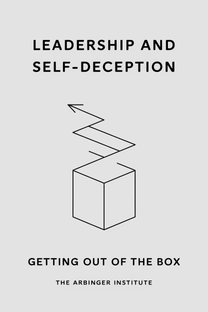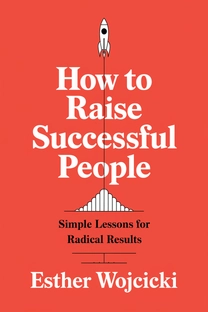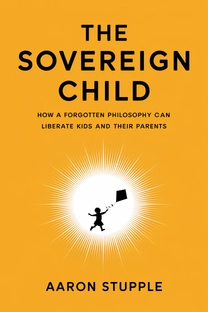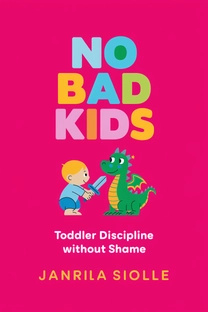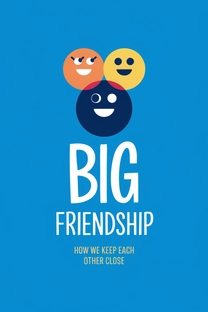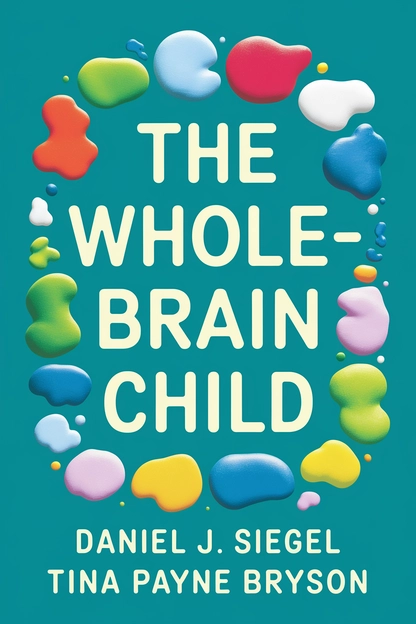
The Whole-Brain Child
12 Revolutionary Strategies to Nurture Your Child's Developing Mind, Survive Everyday Parenting Struggles, and Help Your Family Thrive
by Daniel J. Siegel, Tina Payne Bryson
Brief overview
This book helps parents understand and nurture a child’s developing mind by explaining essential brain science in simple terms. Readers will discover strategies to handle tantrums, teach emotional regulation, and support mental growth. Through accessible anecdotes and practical tools, the book offers ways to build stronger connections and help families thrive.
An Invitation to the Whole-Brain Approach
Parenting can feel overwhelming when intense emotions surface or behaviors spin out of control. Yet everyday challenges—from bedtime meltdowns to arguments over screen time—can become opportunities for growth. This approach emphasizes the idea of nurturing a child’s brain so they develop holistically.
By focusing on how neural connections are built through experience, you can guide children to integrate reason and emotion. This means seeing tantrums, frustrations, or sibling spats not just as hassles but as chances to help children connect with their own feelings and those of others.
The goal is to provide children with tools for self-understanding and empathy, creating a foundation for a balanced mindset. Instead of short-term fixes, it’s about helping them form the kinds of resilient, adaptable perspectives that keep conflict in perspective and maintain meaningful relationships.
Left and Right: The Two Sides of the Brain
Children use both a logical, language-focused left brain and an emotive, intuitive right brain. Often, the right side dominates early on, leading to big feelings that can overwhelm logic. Think of a child in tears over something that seems minor to you but feels monumental to them.
Left-brain thinking tends to be linear and task-oriented, helping children learn new skills or solve problems methodically. The right side captures physical sensations, nonverbal cues, and raw emotions—where deeper connections and images take root.
Overreliance on logic can create an emotional desert, while overreliance on feeling alone can spark chaos. Striking harmony between these halves fosters balanced responses so that children learn to be both thoughtful and aware of their emotional world.
What is The Whole-Brain Child about?
"The Whole-Brain Child: 12 Revolutionary Strategies to Nurture Your Child's Developing Mind, Survive Everyday Parenting Struggles, and Help Your Family Thrive," by Daniel J. Siegel and Tina Payne Bryson, offers parents practical tools grounded in the latest brain science to foster emotional and cognitive development in their children. This insightful guidebook unlocks the mysteries of young minds, revealing how integral brain structures interact and influence behaviors, emotions, and learning processes.
By demystifying brain functions into the straightforward concepts of the "left and right brain" and "upstairs and downstairs brain," the authors equip parents with actionable strategies to handle tantrums, nurture empathy, and build emotional resilience. The book emphasizes the critical role of holistic brain development for practical decision-making, fostering a supportive environment for lifelong growth.
Promoting a new paradigm in parenting, "The Whole-Brain Child" stresses the importance of nurturing connections between different brain regions to cultivate well-rounded individuals. This cross-functional brain integration promotes self-awareness, emotional regulation, and cognitive flexibility, ultimately preparing children to face challenges with confidence and empathy.
Review of The Whole-Brain Child
"The Whole-Brain Child" stands as a transformative resource for parents seeking effective methods to support their child's mental and emotional development. Combining anecdotal examples with scientifically backed insights, the authors unravel the complexities of the child's brain and offer 12 innovative strategies tailored to navigate parenting challenges.
The book's key strength lies in its pragmatic approach, simplifying cutting-edge neuroscientific principles into actionable advice that any parent can embrace. Techniques such as "connect and redirect" and "name it to tame it" transform emotional upheavals into growth opportunities, allowing parents to guide children in expressing and understanding their feelings while gradually stimulating their cognitive skills. These strategies are designed not as quick fixes but as tools that lay the groundwork for sustained familial harmony and resilience. The writing style remains engaging, maintaining a balance between professional insights and relatable anecdotes that make the content digestible and relevant.
Overall, "The Whole-Brain Child" is an invaluable asset for parents and caregivers who wish to understand their child's mental landscape. Its clear guidance and practical implementation tips make it a recommended read for anyone dedicated to nurturing emotionally healthy family dynamics.
Who should read The Whole-Brain Child?
- Parents of young children: Gain strategies to guide children through emotional and cognitive development.
- Child psychologists: Integrate neuroscience-backed techniques into therapeutic practices for robust child development.
- Educators: Apply insights into lesson planning that cater to varied cognitive and emotional needs.
- Early childhood development professionals: Understand the scientific basis for learning engagement strategies.
- Caregivers in non-traditional roles: Develop effective communication methods and emotional bonding with young charges.
About the author
Book summaries like The Whole-Brain Child
Why readers love Mindleap
10-Minute Book Insights
Get the core ideas from the world's best books in just 10 minutes of reading or listening.
Curated For You
Discover your next favorite book with personalized recommendations based on your interests.
AI Book ExpertNew
Chat with our AI to help find the best book for you and your goals.
Reviews of MindLeap
Love how I can get the key ideas from books in just 15 minutes! Perfect for my busy schedule and helps me decide which books to read in full.
Alex R.
The summaries are incredibly well-written and the audio feature is perfect for my commute. Such a time-saver!
Jessica M.
Great app for personal growth. The insights are clear and actionable, and I love how they capture the essence of each book.
Chris P.
The app is beautifully designed and the summaries are top-notch. Definitely worth every penny!
Sarah K.


